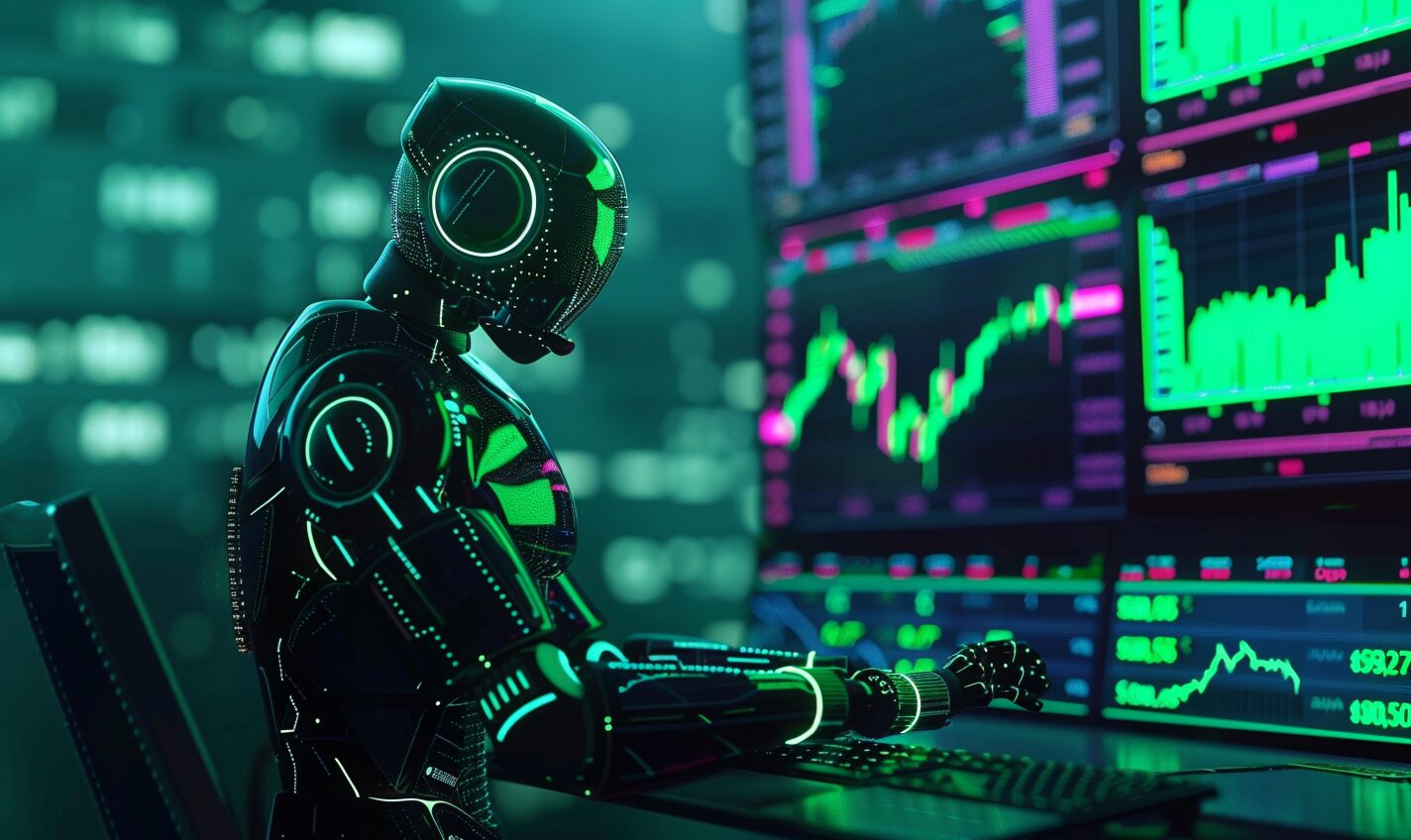Many nations worldwide are crying for criminal justice reform, as the systems in many countries are antiquated and lack consideration for modern needs. Reform is happening in multiple manifestations, including advocacy and technological implementation — the latter is the subject of this discussion, as these impartial tools can make systems more efficient.
Historically, criminal justice has been a manual operation, laden with filing cabinets and ancient typing machines to record and catalog the world’s changes as humans grow. It makes the sector hesitant to adopt new technologies, but it’s what must happen for humanity to evolve justice systems.
Emerging Technologies in Criminal Justice
Criminal justice needs technology to become more responsive and accurate in its judgments, but what is available to them that they can leverage? They include but are not limited to:
- Artificial intelligence (AI) and machine learning (ML)
- Data and predictive analytics
- Biometrics
- Advanced cameras
- Digital twins
- Blockchain
- Forensic software
- GPS systems
- Virtual and augmented reality (VR and AR)
Legal and criminal justice technology could more accurately and ethically assess and track information. For example, based on geography, predictive analytics could determine the likelihood of illegal activity to determine the trends that cause crime in an area. It can also automatically generate parole decisions based on machine learning algorithms instead of spending hours of wages in discussions.
Blockchain technology could make digital evidence verification easier to authenticate in a courtroom. Using smart contracts and their hashes, nobody could falsify specific types of evidence ever again because everything is verified in the digital ledger.
All of these benefits improve judgment accuracy, crime remediation and productivity — and 45% of adults have ambivalent feelings about tech like AI being used by law enforcement.
Impact of Technology on Policing and Investigation
Criminal justice could use tech in courtrooms and on the field for more effective, accurate and swift policing and judicial administration. More productive workforces can improve the treatment of people and criminal activity coverage. The more tech law enforcement and organizations use technology, the more people they can help perform life’s necessities and keep citizens safe. This is the single most impactful way tech will impact policing.
For example, people compromise crime scenes frequently, intentionally or not. It could use augmented reality to reconstruct an area for accurate visuals to play out situations and sequences based on witness information and what’s available.
When it comes to investigations, accurate, advanced technology could do a better job tracking everything from stolen cars to cell phone signals. Machine learning could review suspects and their activity and monitor a massive data set of criminal trends. It could make city policing even more streamlined, especially if a lot of historical data informs the workforce.
Regardless, research shows facial scans show low accuracy when scanning potential criminals.
However, data isn’t perfect, and AI hallucinations, anomalies that cause inaccurate conclusions, exist. Data biases remain hidden without curation and oversight, potentially causing issues like racial and gender bias, especially in marginalized communities.
The Role of Technology in Sentencing and Rehabilitation
Sentencing decisions take unnecessary time in wasted tax dollars and labor, but risk-assessment algorithms could provide accurate decisions in minutes compared to agonizing wait times. Many judicial systems are tainted by a bad reputation for wait times, and AI and machine learning can reduce them completely.
Additionally, monitors and IoT sensors could keep individuals in check who monitor probation and parole and those who participate in those programs. Technology minimizes human error and is more accurate in tracking people than antiquated technologies. While people are in these liminal criminal justice spaces, VR could assist in rehabilitation inside and outside correctional facilities.
These are only a few technologies that prove using it helps recidivism rates. Using hands-on methods that provide tactile, sensory insights into how their future could look increases self-confidence and the impact of the learning they undergo in these sessions.
If workforces use technology for the better, it can assist in sentencing more appropriately, reducing time spent and inaccurate judgment calls. It can also predict crime hotspots to reduce the need for sentencing, and help areas that need rehabilitation from potential crime receive the necessary resources.
Future Implications and Challenges
Implementing tech is essential for innovating the criminal justice sector, but it comes at a cost. While enforcement could use it for good and improve efficiency, the ethical quandaries make citizens concerned for data privacy and safety. What will happen when AI determines who is and isn’t a criminal? How would an error affect an innocent person’s jail time? What if software deletes identity information?
These technologies in the criminal justice system could have widespread implications. People may get processed faster for receiving inheritance documentation or citizenship. Adversely, it could provide decisions that are anything but just.
The way to hone in on these issues is through regulation. Technology is advancing faster than human justice systems can pass legislation. It takes years — potentially decades — to discuss standards for emerging technologies because they constantly evolve. One minute, the legislation is all-encompassing, and then a week later, a new item comes onto the market, changing everything.
It’s a delicate balancing act that governments must understand and juggle gracefully to keep citizens and the criminal justice system calm and trusting of them.
Technology Can Improve Criminal Justice
Criminal justice systems need technology to improve and reform their methods. If implemented correctly, it will increase efficiency, privacy and fairness, but it will take time and finessing. Regulations must match speeds with how fast the criminal justice system includes technology.
There are limitless possibilities, especially when humans don’t know what’s next in the tech world. But, it will improve criminal justice, so long as humans use it for good.
Recent Stories
Follow Us On
Get the latest tech stories and news in seconds!
Sign up for our newsletter below to receive updates about technology trends














